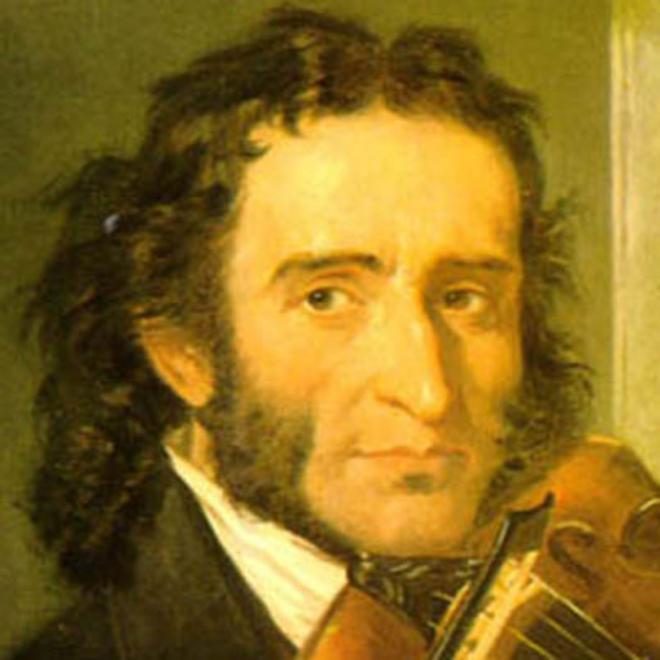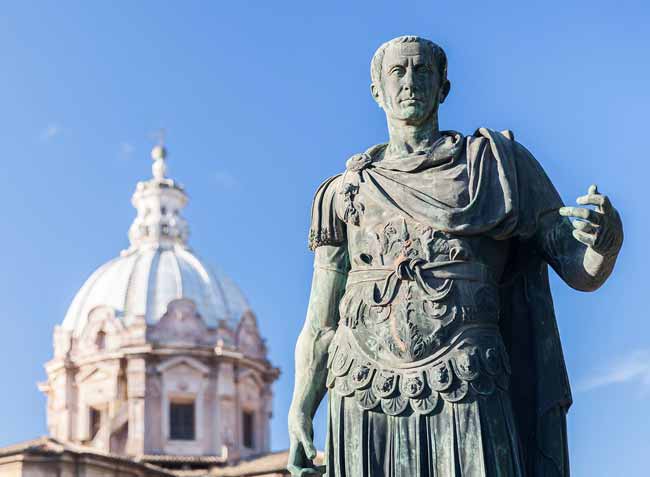Attila the Hun: The Scourge of God and the Shadow of Rome
Few figures in ancient history loom as large—or as fearsomely—as Attila the Hun. Renowned for his unmatched military skill and shrewd political instincts, Attila built a nomadic empire that even the mighty Romans came to fear. To the empires of late antiquity, the Huns were not merely invaders but a storm sweeping across Europe, reshaping its destiny.
Attila ruled the Huns from 434 to 453 CE, leading them to become one of the most formidable powers of the 5th century. His campaigns across the Balkans, his uneasy treaties with Rome, and his mysterious death have made him one of history’s most enigmatic conquerors.
Here are some fascinating and little-known facts about Attila the Hun.
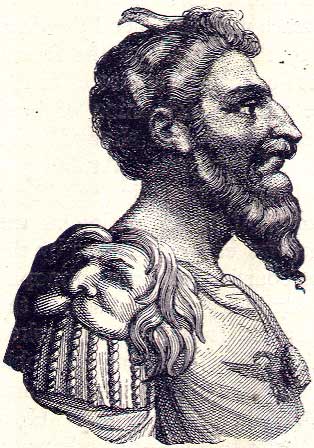
His Uncle Was the First Hun to Defeat the Romans
The Huns had been a presence across Europe and Asia long before Attila’s birth in the early 5th century. His father, Mundzuk, and uncles Octar and Rugila ruled the Hunnic tribes jointly, launching frequent raids into Roman territories.
Around 430 CE, Rugila became the sole ruler of the Huns—and the first to achieve a decisive victory over the Roman army. His success laid the groundwork for Attila’s later rise and the consolidation of the Hunnic Empire.

Attila Shared Power with His Brother Bleda
When Rugila died in 434 CE, leadership passed to his nephews, Attila and Bleda, who ruled jointly. Their first major achievement was negotiating a peace treaty with the Eastern Roman Empire.
Emperor Theodosius II, eager to avoid more raids, agreed to pay the Huns an annual tribute of 700 pounds (around 300 kilograms) of gold in exchange for peace. The treaty also granted Hunnic merchants access to Roman markets and required a ransom of eight gold coins for every Roman captive.
The Peace Treaty Didn’t Last Long
The peace of Margus, as the treaty was called, was soon broken. Theodosius violated its terms by invading Hunnic lands, prompting Attila and Bleda to strike back with force.
Once again, the Huns proved superior in battle, forcing the Romans to retreat. The new terms were brutal: the tribute rose to 6,000 Roman pounds (2,000 kilograms) of gold annually, and the ransom for Roman prisoners doubled. Not long after, Bleda died under mysterious circumstances, leaving Attila the sole ruler of the Huns.
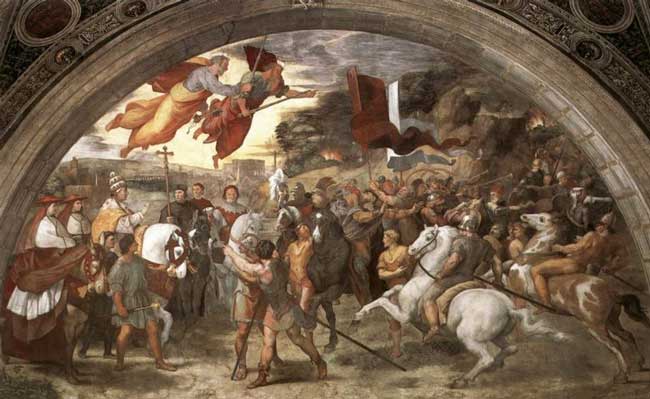
Attila’s Armies Routinely Crushed Rome’s Forces
In 447 CE, Attila invaded the Eastern Roman Empire once more, defeating Roman general Arnegisclus at the Battle of the Utus River. Though both sides suffered heavy losses, the Huns advanced deep into the Balkans, even threatening Constantinople itself.
An outbreak of disease among his troops eventually forced Attila to withdraw, and another peace treaty followed in 449 CE, ensuring yet more gold payments to the Huns.

He Claimed a Roman Princess as His Bride
Despite his repeated attacks on the Eastern Empire, Attila sought diplomacy with the Western Roman Empire—until Princess Honoria, sister of Emperor Valentinian III, changed everything.
In 450 CE, Honoria sent Attila a desperate plea for help to escape an arranged marriage, enclosing her ring as a symbol of betrothal. Attila took her gesture literally and demanded half the Western Roman Empire as her dowry. Valentinian wanted to execute his sister, but his mother intervened. The episode gave Attila a pretext to march west—and Rome a new reason to fear him.
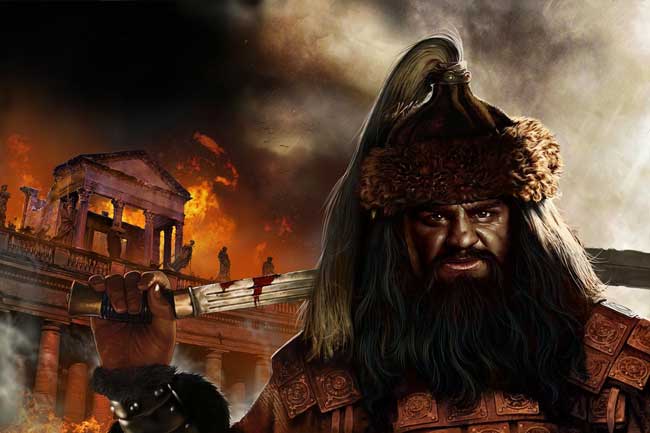
His Only Defeat Came in Gaul
In 451 CE, Attila’s forces swept across Gaul (modern France), sacking cities including Metz, Troyes, and Orléans. But near the town of Châlons, Roman general Flavius Aetius and his Visigothic allies confronted him.
The ensuing Battle of the Catalaunian Plains was one of the bloodiest of the age. The Visigothic king Theodoric I was killed, but Attila’s advance was finally halted. It was the only major defeat of his career—and it saved Western Europe from complete devastation.

The Mystery of His Retreat from Italy
Undeterred, Attila invaded Italy the following year, plundering cities such as Aquileia, Verona, and Milan. But when he approached Rome in 452 CE, something unexpected happened—he turned back.
Historians still debate why. Some say it was the persuasive diplomacy of Pope Leo I, who met Attila in person. Others point to famine, disease, or a lack of supplies among the Hunnic troops. Whatever the cause, the retreat spared Rome from destruction—at least for a little longer.
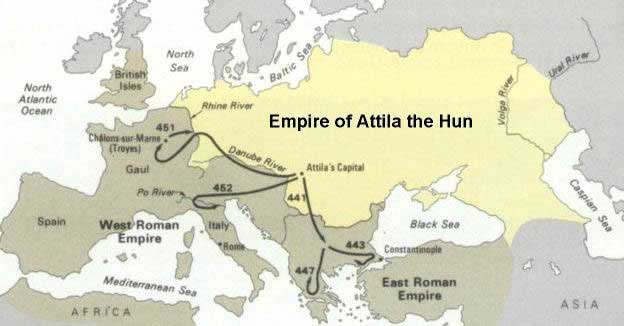
“The Scourge of God”
The Romans gave Attila a chilling nickname: “The Scourge of God.” To them, he was divine punishment for their sins—a warrior sent by heaven’s wrath.
Legends claimed that Attila wielded the Sword of Mars, gifted by the god of war himself. His empire stretched from the Black Sea to the heart of Europe, but it collapsed soon after his death when his sons divided it among themselves.
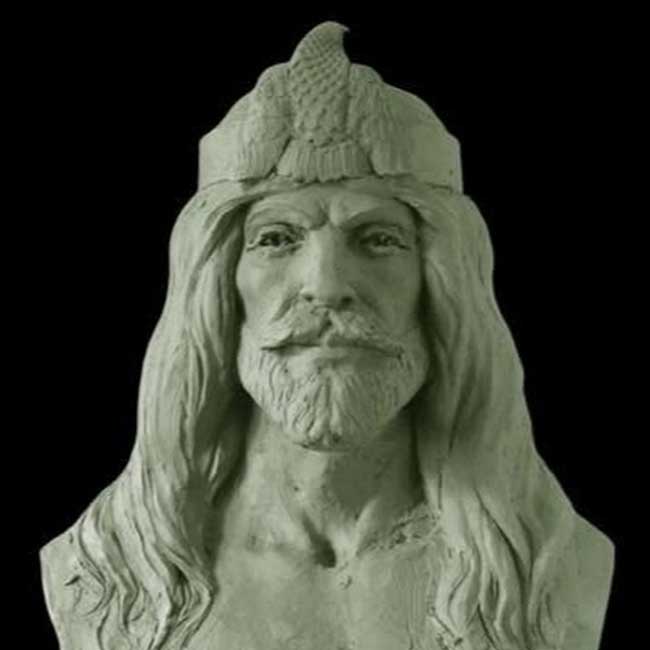
No One Knows What He Truly Looked Like
Contemporary descriptions of Attila are scarce, but the historian Priscus, who met him personally, painted a vivid portrait. He described Attila as a short, broad man with dark skin, small eyes, a flat nose, and a thin, graying beard.
Priscus wrote that Attila was “a man born into the world to shake the nations—the terror of all lands.” Even his appearance, he suggested, reflected his destiny.
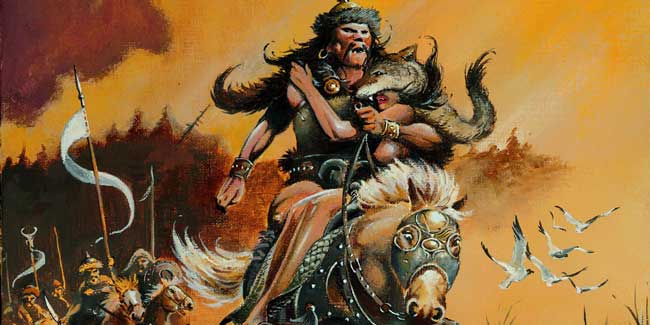
A Sudden and Bloody Death
Attila’s end came unexpectedly in 453 CE, on the night of his wedding to a woman named Ildico. He reportedly suffered a severe nosebleed or internal hemorrhage and died in his sleep.
Some accounts suggest heavy drinking was to blame; others whisper of assassination. Whatever the truth, his death marked the end of the Hunnic Empire’s dominance.

Attila on the Silver Screen
Attila’s legacy endures not only in history books but also in film. The 1954 movie “Sign of the Pagan,” starring Jeff Chandler, dramatized the Hunnic invasions of Rome. It portrays Attila’s uneasy friendship with a Roman soldier named Marcian and ends with his death at the hands of his wife.
The film was a commercial success, earning $2.5 million, and helped cement Attila’s image as both a barbarian conqueror and a tragic legend.
A Legend That Still Echoes Through Time
Attila the Hun remains one of history’s great paradoxes—a ruthless destroyer and yet a skilled leader who united a scattered people. His campaigns changed the map of Europe, and his name still carries a sense of awe and dread centuries later.
Whether viewed as a monster or a mastermind, Attila’s story reminds us how one man’s ambition can shake empires—and leave echoes that never fade.


